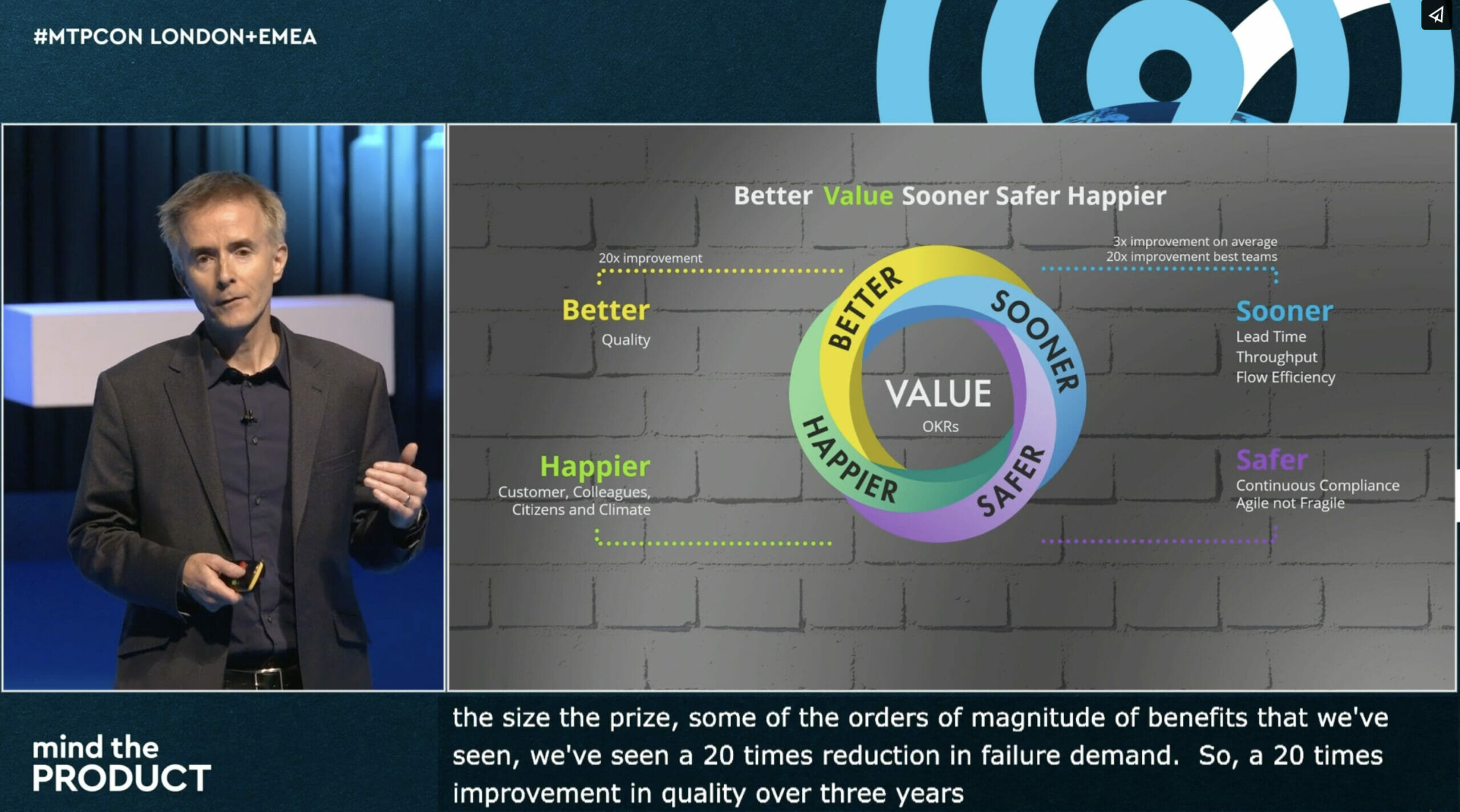At ProductTank London, Tom Whitwell shared a series of excellent examples of why customer responses to pricing strategies often appear to be irrational, and why you need to test your theories and experiment to uncover the patterns in your customers’ behaviour. As part of the team that introduced the paywall in front of The Times, he knows first-hand that although changes in pricing can dramatically change the demographic and reduce the volume of your customers, they can still turn out to be counter-intuitively profitable.
Pricing is an Unconscious Trigger
Pricing doesn’t just represent a number, it’s about perceived value, which can lead to strong emotional reactions. We can feel angry, envious, disgusted, frustrated, and elated when we see prices. Pricing that is perceived as an excellent value can trigger an almost automatic instinct to buy something, or it can make us suspicious of why something is so cheap. Pricing that we perceive as too high can instantly convince us that a certain product is “not for us”, allowing companies to shape their market through price, rather than features.
All of this is happening without rational decisions on our part – our reactions to price are partly an animal response.
Pricing Can Guide Behaviour
Of course, for all that our reactions to pricing are instinctive, that doesn’t mean they can’t be adjusted and manipulated! Given that pricing is merely a signal of perceived value, with well-tuned anchoring and bracketing (“Good, Better, Best”) effects, apparent discounts, and complex-seeming pricing matrices, sellers have become adept at guiding customers to the product to the product they particularly want to sell. As you can imagine, this is often because that product has the highest margin, but sometimes it’s because the seller is carefully controlling the value of their portfolio, or trying to up-sell customers to bigger bundles for longer-term retention.
How to Determine Pricing Strategies
Of course, this field is complex and murky, so Tom has three key pieces of advice to help you develop effective pricing strategies:
- Don’t talk to customers about pricing
- Don’t think about pricing
- Experiment with pricing
As human beings, we find it almost impossible to think rationally about pricing. That means that your customers almost certainly won’t be able to articulate a strategy that makes coherent sense, and neither will you.
It is not your customer’s job to set pricing. An optimal price is one that is accepted but not without some initial resistance
– Ash Mauyra
Pricing is both the crudest, and most subtle, signal that you can send to your customers, and they don’t really think about their reaction to that signal – they feel it. The only way to really understand your customers and design an effective pricing strategy is to run experiments to work out exactly how they’ll behave. Watch the recording of Tom’s excellent talk above, and read through his detailed write-up, complete with figures and illustrations, over on Medium.







Comments 1